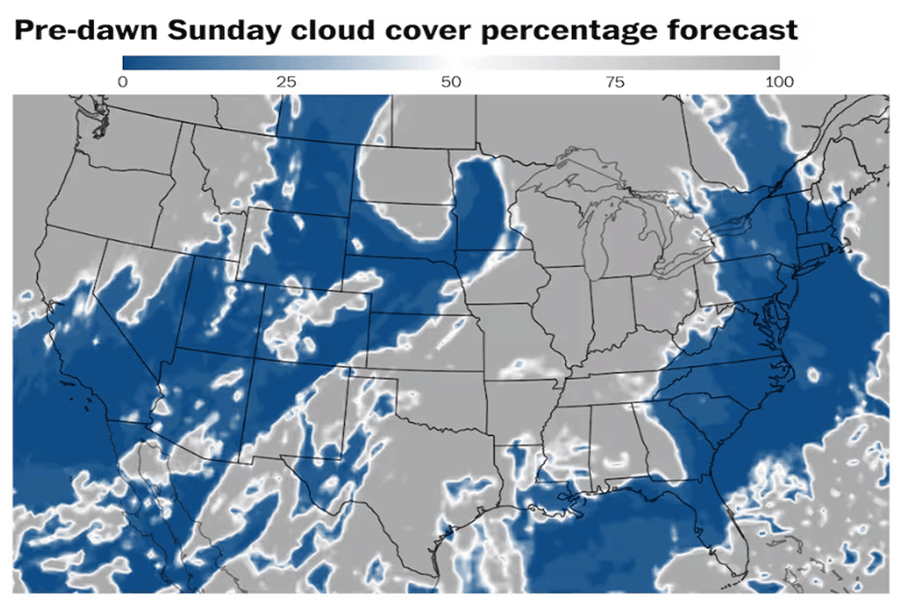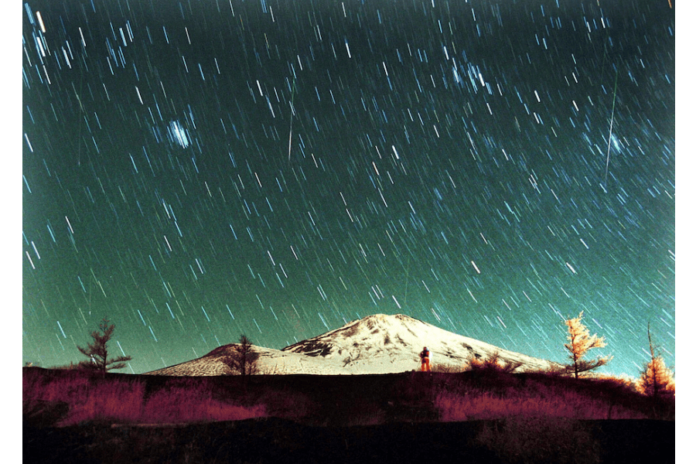The Leonid meteor shower can be observed in the night sky from early November until early December. This weekend marks the peak of this ongoing meteor display, with its highest activity expected from Sunday night into early Monday.
While the rate of Leonid meteors is generally lower compared to other showers, such as the Geminids that occur in mid-December, they are known for their impressive speed and often create long, vibrant trails as they incinerate upon entering Earth’s atmosphere.
During this year’s peak, around 15 meteors per hour are anticipated. The Leonids are one of the most notable annual meteor showers and are associated with Comet Tempel-Tuttle. As Earth passes through the remnants left by this comet, these shooting stars become visible, with both the comet and Earth following intersecting orbits around the sun.
The optimal way to experience the meteor shower
To best observe the Leonids, direct your attention towards the constellation Leo. Meteor showers are named after their apparent source, referred to as the radiant, as noted by space.com.
Experts recommend avoiding a direct gaze at the center of Leo; instead, look generally eastward while lying back. Some of the most brilliant and enduring meteors tend to appear near the edges of this radiant area, approximately 45 degrees away from it. However, don’t forget to scan the entire sky as well.
The Leonids are particularly notable for featuring a higher frequency of fireball meteors that can streak across low in the sky and illuminate the surroundings with their intense brightness.
To identify Leo, you can first locate its prominent star Regulus and then find a backward question mark shape known as the sickle, which symbolizes the lion’s mane. While it’s ideal to watch for these meteors in the early morning hours, they will still be visible throughout the night.
A supermoon occurring during a meteor shower

This year’s nearly full supermoon, referred to as the Beaver Moon, will complicate stargazing due to its brightness contributing to light pollution. However, the vivid and long-lasting Leonid meteors should still be easily observable.
To enhance visibility, consider watching after the moon has set or before it rises. EarthSky recommends seeking out a shadow cast by an object—ranging from a mountain range to a building—to mitigate the moon’s glare.
As always, choosing locations far from urban lights will provide the best viewing experience. Experts advise allowing about 30 minutes for your eyes to adjust to darkness in order to increase your chances of witnessing something extraordinary.
Additionally, it’s wise to dress warmly, bring a comfortable chair, and have some blankets on hand for a cozy experience while stargazing. Currently, it seems that weather conditions will be most favorable across the eastern and western United States (excluding the Pacific Northwest) on Saturday night.
By Sunday night, clearer skies are expected over areas stretching from the Southwest through the northern Plains and into the Southeast.
Additional Information on the Leonid Meteor Shower
Approximately every 33 years, the Leonid meteor shower can experience a storm phase. Notably, in 1833, observers reported an astonishing 50,000 to 150,000 meteors per hour lighting up the pre-dawn sky on November 13.
A similar spectacle occurred in 1966 when witnesses described a fiery display across the heavens. The last significant storm of the Leonids took place in 2002, with another anticipated around 2035
However, the American Meteor Society suggests that a more intense storm may not happen until about 2099. If you miss this weekend’s Leonids, there will still be good viewing opportunities in the following days. The next meteor shower to look forward to is the Geminids in mid-December.

